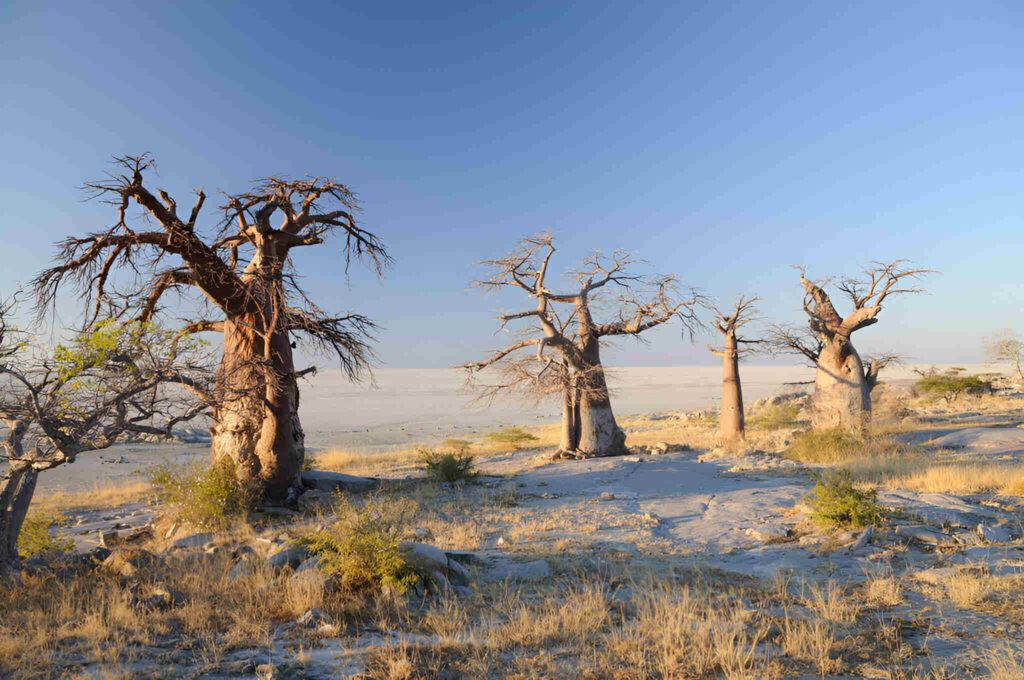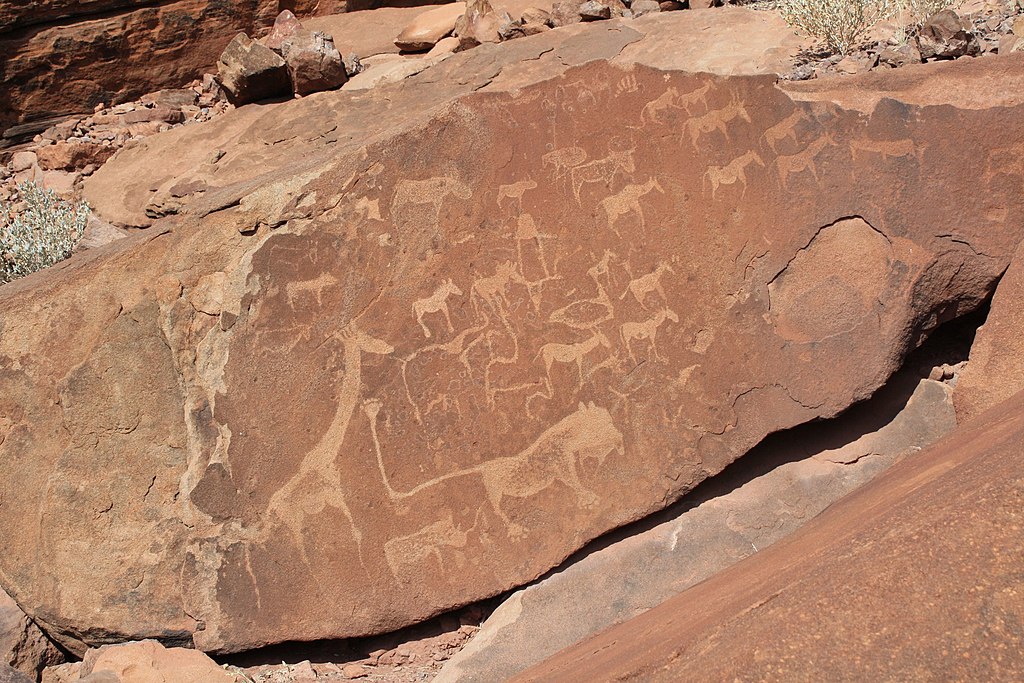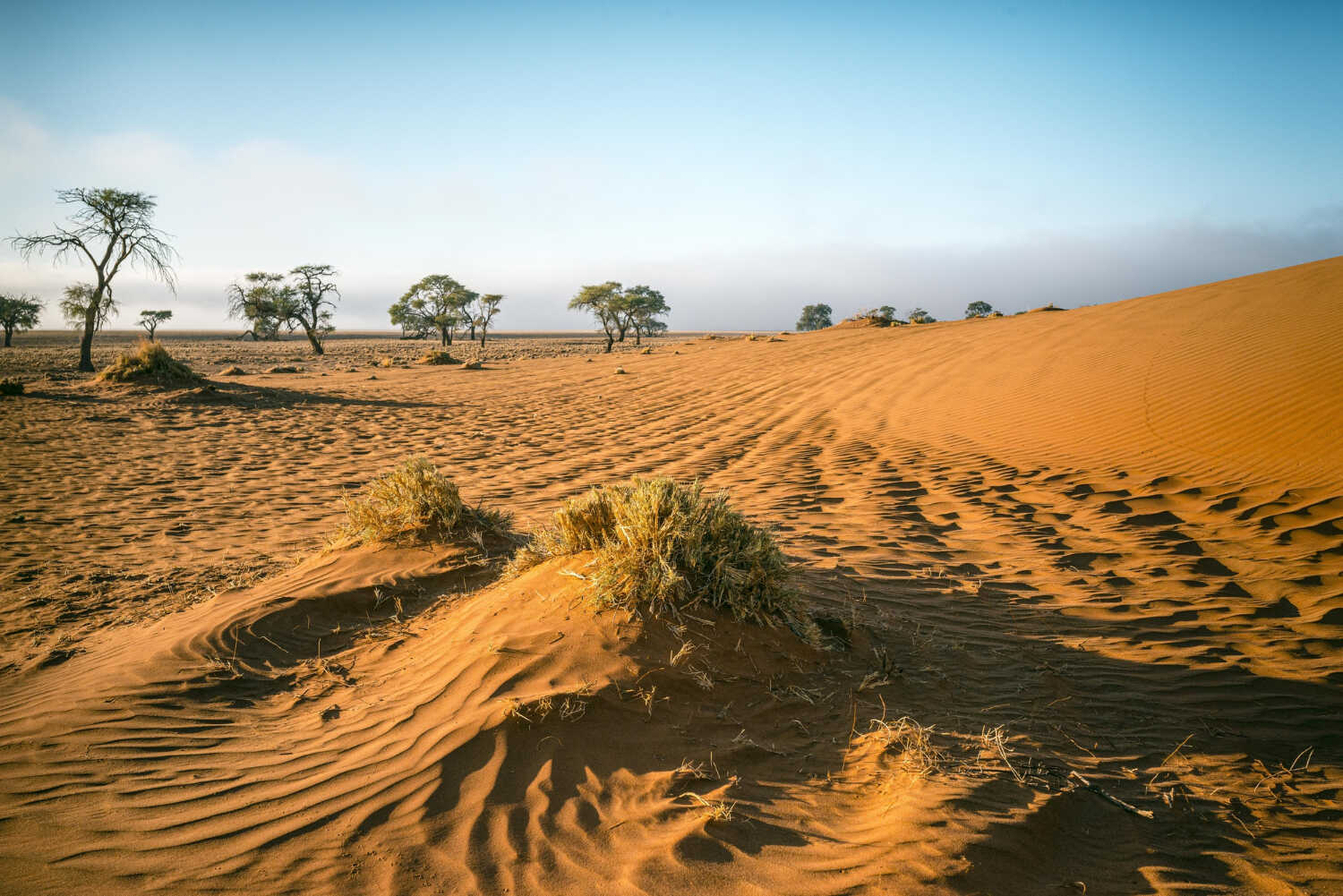Kalahari’s Ancient Trade Routes: A Historical Journey
Long before modern borders, the Kalahari Desert thrived with movement and exchange. Kalahari’s ancient trade routes connected early communities across vast and arid terrain. Traders followed seasonal footpaths that spanned what is now Botswana, Namibia, and South Africa.
Early Trade Among the Tswana and San
Centuries ago, Tswana agro-pastoralists and San hunter-gatherers navigated this harsh landscape with deep knowledge. They exchanged goods like salt from the Makgadikgadi pans, animal hides, copper, and ostrich shell beads. Many of these goods traveled as far as trade hubs near the Limpopo River.
Importantly, the San shared their survival expertise. They guided others to hidden water sources, edible plants, and navigational landmarks—shaping both the logistics and culture of regional trade.

From Trade Paths to Modern Trails
Over time, trade movement intensified. Small groups began using donkeys and oxen to transport heavier loads. Though informal, many of these paths grew into well-worn corridors, some later adapted into colonial tracks and roads.
Today, safari operators trace these same landscapes, offering guided tours that blend historical interpretation with outdoor adventure. These routes now serve as bridges between past and present.
Connecting Past and Present
Local guides continue oral traditions passed down through generations. They recount how salt was transported across the dunes or how beaded ornaments reflected trade and social ties. Ancient baobab trees often mark former rest points or meeting places.
In some areas, San rock art and pottery fragments still remain, offering material proof that these routes were more than economic—they were deeply cultural.

Sustainable Cultural Tourism
Modern heritage tours increasingly support surrounding communities. Many guides come from local villages and are trained to preserve both ecological and cultural knowledge. Responsible tourism helps sustain traditions while sharing the richness of Kalahari’s ancient trade routes with the world.
A Desert Alive with History
Today, these ancient pathways are more than dusty tracks. They offer a rare window into precolonial networks of exchange, survival, and cooperation. Through immersive tours and storytelling, this living history continues to inspire.
Whether you’re walking beside a dry riverbed or hearing fireside tales under the stars, the desert still speaks—and every step echoes a journey once vital to life.

